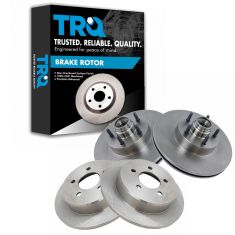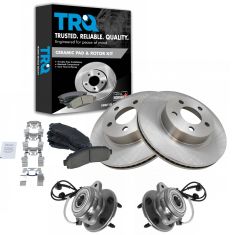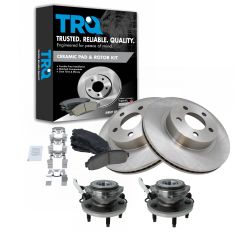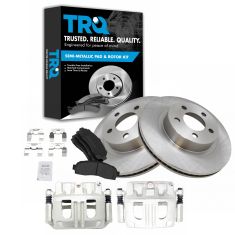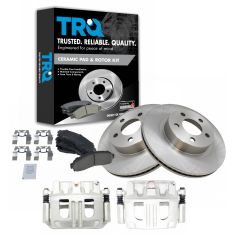1ABFS01582-2001-02 Ford Explorer Sport 4 Wheel Drive Front & Rear 4 Piece Brake Rotor Set TRQ BRA13613
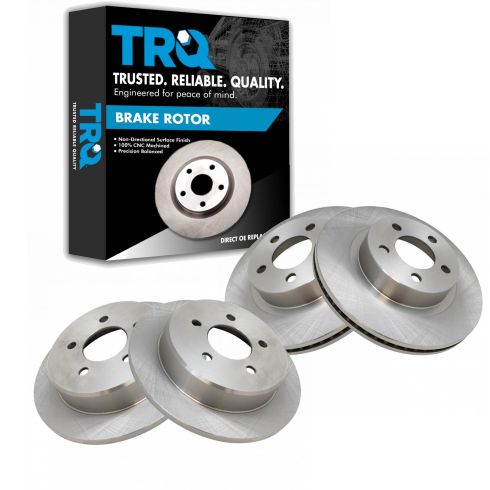
Replaces
2002 Ford Explorer Sport 4 Wheel Drive Front & Rear 4 Piece Brake Rotor Set TRQ BRA13613

Product Reviews
Loading reviews
There are no reviews for this item.
Customer Q&A
No questions have been asked about this item.
Ford is a registered trademark of Ford Motor Company. 1A Auto is not affiliated with or sponsored by Ford or Ford Motor Company.
See all trademarks.








